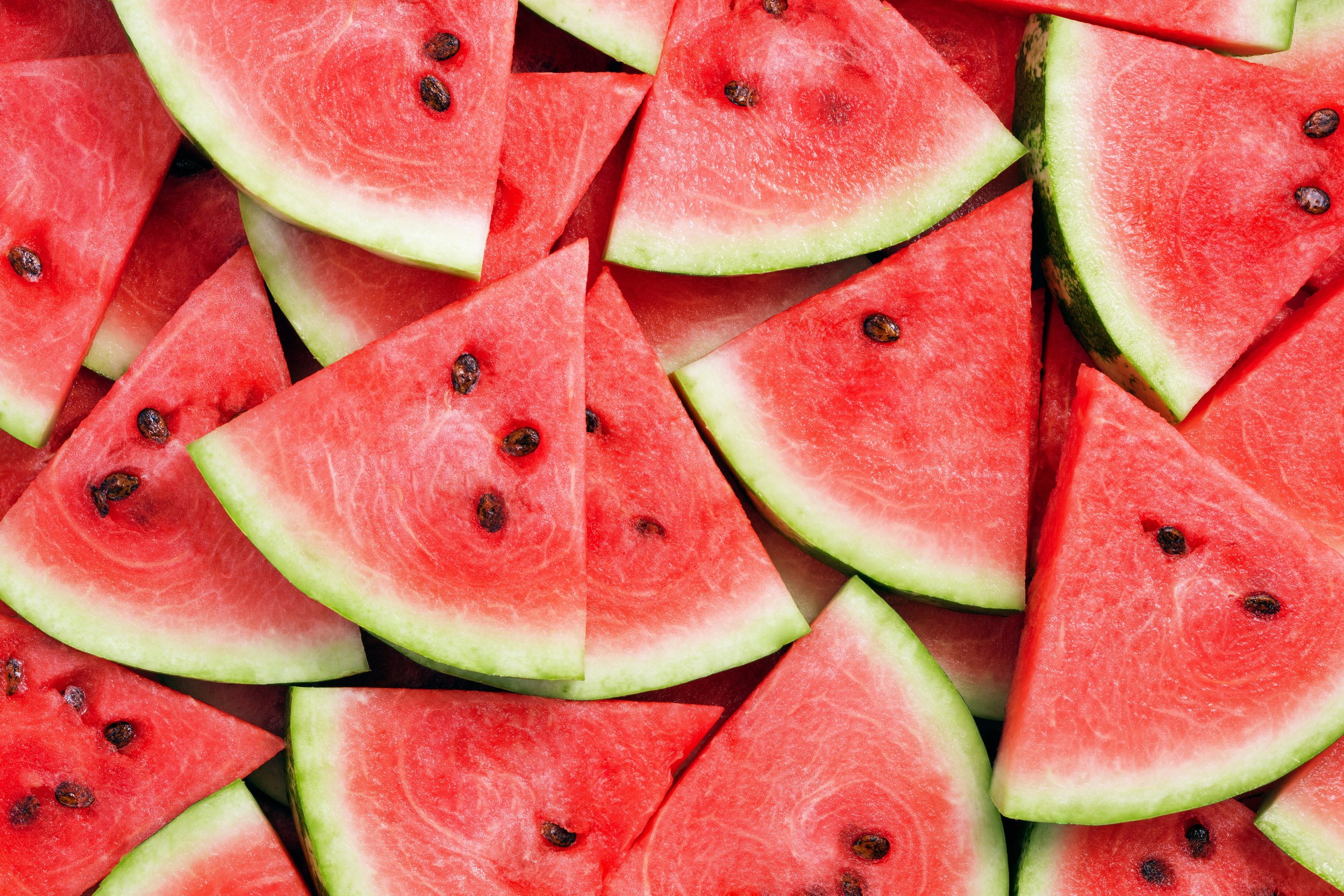3 Ways to Juice Watermelon
Watermelon can be juiced in three distinct ways: using just the flesh, just the rind, or both the flesh and rind. Beyond the commonly enjoyed method of juicing the flesh alone, exploring these alternatives can unveil additional flavors and nutritional benefits. Here are the three ways you can juice watermelon:
Flesh Only: This classic method involves extracting juice solely from the succulent flesh of the watermelon, capturing its sweet and hydrating qualities.
Rind Only: Juicing only the rind provides a unique twist, as the often overlooked part of the watermelon contributes its own set of flavours and potential health benefits.
Flesh and Rind: Combining both the flesh and rind in the juicing process offers a comprehensive and flavourful experience, making the most of the entire watermelon.
It's important to note that these methods have been successfully tested with our Kuvings Whole Slow Juicers Collection. However, not all juicers may be equipped to handle watermelon rind, so exercise caution or refrain from attempting the latter two methods with other juicers. Enjoy experimenting with the diverse ways to extract the goodness from this versatile fruit!
Flesh Only
The most widely embraced method of juicing watermelon involves extracting the juice from its sweet, red flesh—the portion we commonly consume. Not only does the flesh contribute a deliciously sweet flavour, but it also promotes hydration, thanks to watermelon's remarkable water content of 92% and its electrolyte composition. Watermelon flesh stands out as a natural source of lycopene, containing approximately 40% more lycopene than raw tomatoes.
Opting to juice solely the flesh results in a vibrant red juice with a consistently rich color, encapsulating the refreshing essence of this beloved fruit. This method not only satisfies the taste buds but also delivers the hydrating and nutrient-rich benefits synonymous with watermelon consumption.
Rind Only
While this method might playfully make you lose your "rind", it's indeed possible and beneficial to juice the watermelon rind on its own. Opting to juice only the rind is an excellent strategy for minimizing waste, especially if you typically enjoy the watermelon flesh separately.
Beyond waste reduction, juicing watermelon rind unlocks a wealth of health benefits. This often overlooked part of the fruit is a nutritional powerhouse, containing essential nutrients such as vitamin C, vitamin A, vitamin B6, potassium, and zinc. Furthermore, watermelon rind is a low-calorie option that comes loaded with chlorophyll, citrulline, amino acids, flavonoids, and phenolic compounds. This makes it a nutrient-dense addition to your daily routine, offering a unique and healthful twist to your juicing regimen.
Ensure to cut up rind in small pieces and add to your juicer one at a time, wait until each piece has been juiced. The juicer may be a bit louder as the screw will have to put in a bit more work to chop and crush the rind, but you will see that the juicer produces pulp and juice in no time.
The watermelon rind juice is not as sweet as watermelon flesh juice. Just like most outer layers of fruits and vegetables, watermelon rind is slightly bitter but not extremely unpalatable. As for the juice’s colour, it will more or less be green, but the shade heavily depends on the colour of your watermelon rind.
Flesh and rind
Juicing the entire watermelon offers a convenient and comprehensive way to enjoy the health benefits of all its parts. Not only does this method minimize produce waste, but it also streamlines the preparation process and simplifies cleanup. The advantage lies in the fact that you can simply chop the watermelon without the need to separate any components. The combination of the watermelon's high water content, soft flesh, and sturdy rind ensures that all the pulp is efficiently pushed through the juicer, leaving minimal residue in the strainer and bowl.
In terms of taste, whole watermelon juice retains the sweet flavors of watermelon but introduces a subtle hint of bitterness. This unique combination caters to those who appreciate the watermelon's flavour without seeking an overwhelming sweetness. It's worth noting that the colour of whole watermelon juice is not as vibrant as that of watermelon flesh juice; instead, it takes on a darker red, almost brown hue. Over time, you might observe two distinct layers in the juice. This separation is not due to oxidation but is a result of different particle densities in the rind and flesh.
Choosing to juice the entire watermelon provides a convenient and nuanced way to enjoy its flavours and health benefits while minimizing waste and simplifying the juicing process.
All three methods have their pros and cons, but hopefully one fits you and your juicer.


